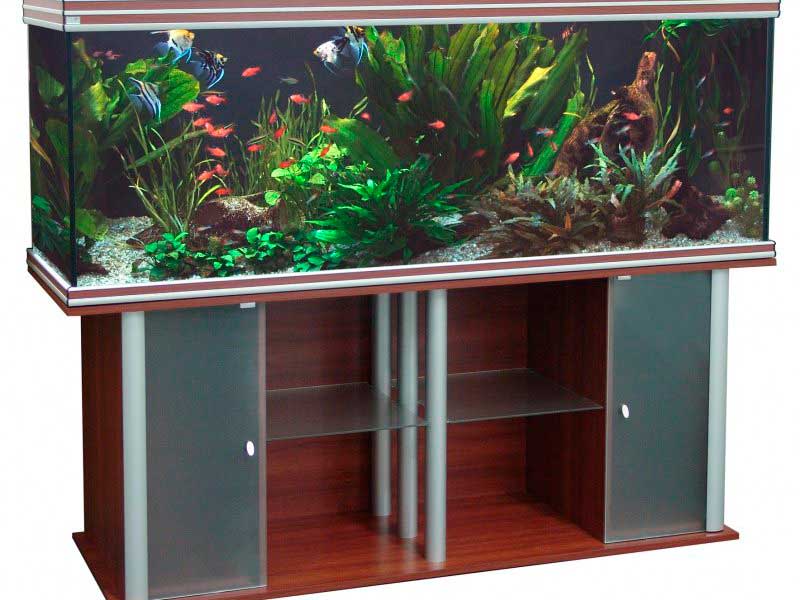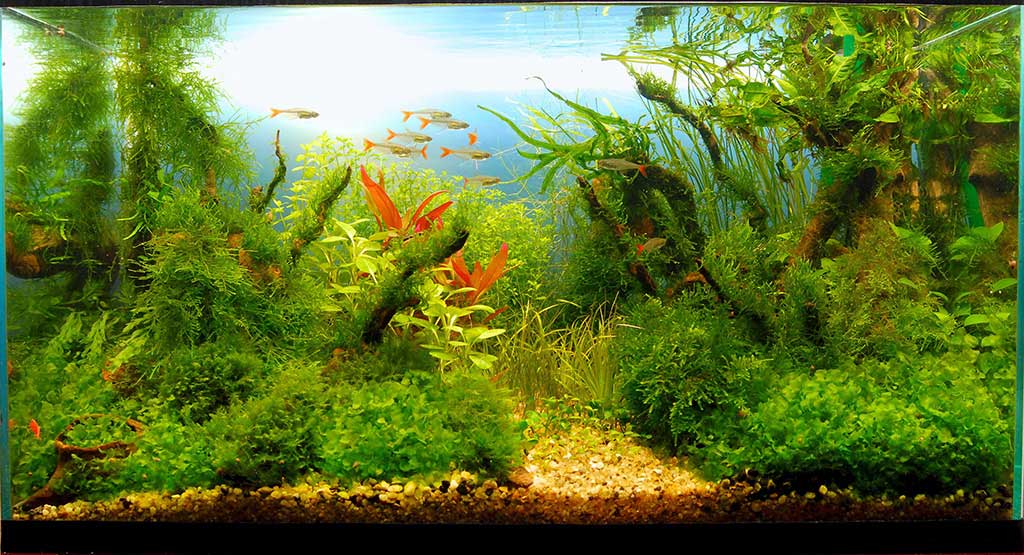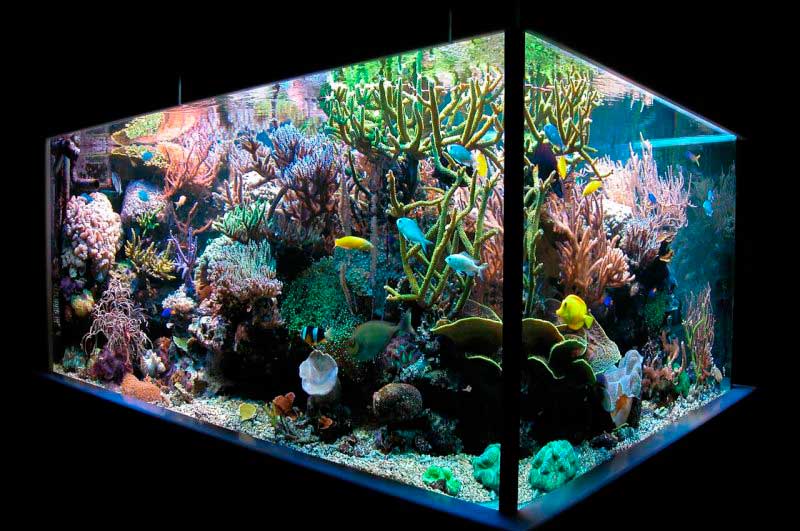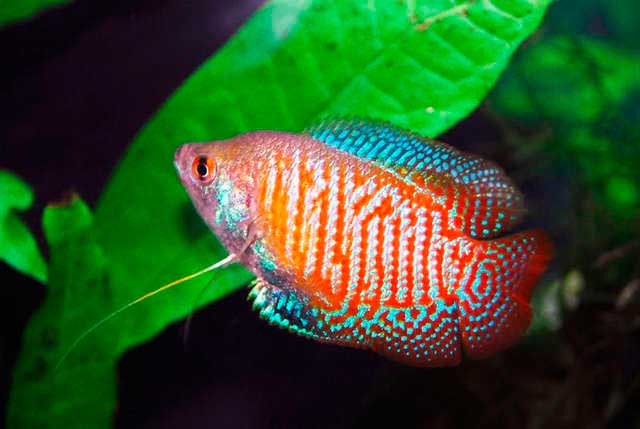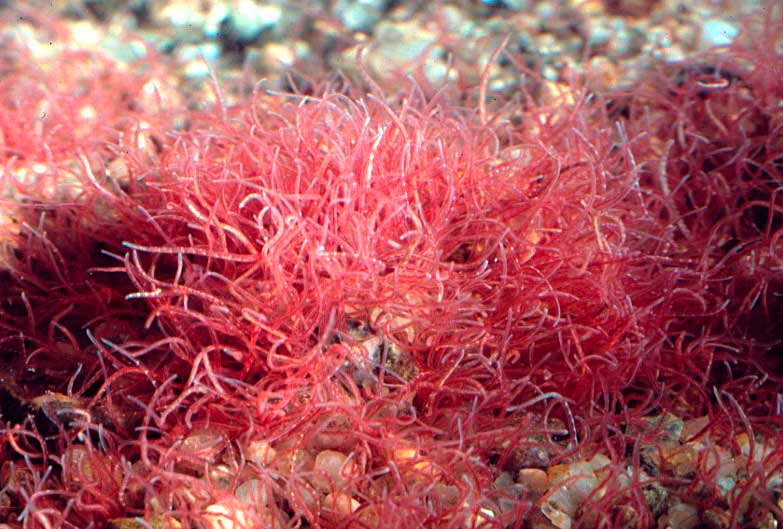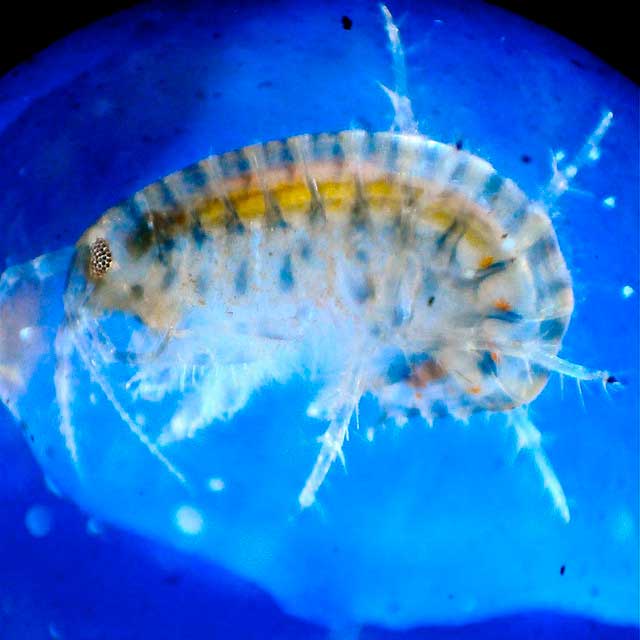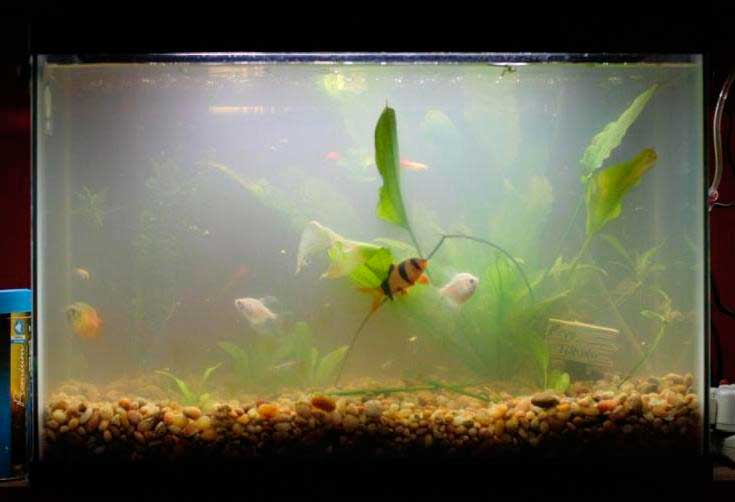Buying an aquarium? Then you should first learn about the different types of aquariums and how they should be cared for.
It is worth noting that great attention should be paid to the choice of aquarium inhabitants. In this way, you can find out what kind of water you should choose. Whether the aquarium is freshwater or saltwater is up to you.

Of course, when you visit a specialized store you will immediately run your eyes from the provided range of goods. After all, it is really hard to decide among such a large selection of fish, plants or even invertebrates. Note that you should not hurry with the purchase. If you immediately buy and aquarium, and its inhabitants, and plants for him, then quite unknowingly you can make a mistake. Therefore, haste here will be unnecessary.
It is worth getting to know more first, to find answers to all the questions you have. Only when you are sure of your purchase – then you can make it. Remember – a good salesman in such a specialized store will never offer you to buy immediately, and certainly will not rush you. When choosing an aquarium, pay attention to the fact that it corresponds to your desires, opportunities and circumstances. And after that, decide what kind of fish you would like to see there. Take into account that you should provide the most comfortable living conditions for the fish.
Buying an aquarium choose its purpose
By purpose, aquariums come in:
- Decorative. This type of aquarium is designed to hold fish.
- Quarantine. In this type of aquarium fish are kept temporarily. The size of the quarantine tank can be any size and depends on the size, number and duration of the fish.
- Growers. This type was created to raise fry. Note that the width of the aquarium should be greater than its height. Why is that? Because when the water level is low, it will be better supplied with oxygen. You can safely put a large number of fry in such an aquarium.
- Spawning tanks. And these aquariums are used for breeding fish. Each species of fish requires a certain volume of aquarium. You can find out by reading the information about your fish species.
And a few words about aquarium equipment.
Once you have provided the fish with everything they need to live normally, you can start improving the aquarium. Don’t forget to keep an eye on the water temperature, the light in the aquarium and the oxygen supply.
Buying an aquarium and learning how to care for it
Once you have purchased an aquarium, the first thing you need to worry about is its cleanliness. It is not easy to take care of it, because you need to do a whole range of things to ensure that it is transparent and its inhabitants live a long time in comfortable conditions.
Every day you have to:
- Check to see if the aquarium is leaking. This is very important, so if you find a small leak, you should do everything you can to fix it immediately.
- Monitor the health of the fish and other inhabitants. If you notice an infected fish, it should be removed from the rest and treated immediately.
- Feed the fish. Of course, it is impossible to do without it. However, I want to draw your attention to the activity of the fish. Depending on what kind of fish you have, they should be fed once or twice a day. For example, goldfish are quite fast, so they should be fed twice.
- Be sure to monitor reproductive activity. As soon as you have fry in the aquarium – allocate a separate aquarium for them. The same should be done with fish that require care.
- Observe the water. Blooms and cloudy water have a very bad effect on the inhabitants of the aquarium. Therefore, clean the aquarium in good time and change the water.
- Check the water temperature.
- If the room in which the aquarium is located is well lit during the day, the lights inside should be turned off.
- Keep an eye on the number of clams.
- Be sure to count the fish when you feed them. If you find that some of the inhabitants are missing, find out what happened to them and whether the other inhabitants are in danger. If you can not decide, then in the following days observe the behavior of the inhabitants of the aquarium.
- It is highly undesirable to leave food on the ground, so remove it with a dirt cleaner.
- Check aquarium equipment for leaks.
- Turn off light fixtures a few minutes before the entire room is lit.
- Monitor pH, ammonia and nitrite levels. This will determine the need for treatment measures.
- Check supplies of feed, medications, and water care products.
Every week:
- If excess algae appears, remove it.
- Clean all contaminants from the filter. You can do this more often if it gets dirty faster.
- Clean the walls of the aquarium from algae deposits. Keep the glass as clean and clear as possible. Use a special scraper for this purpose.
- When removing debris from the bottom of the aquarium, remove about 25% of the water. Note that water is very rarely replaced completely – only if all fish die.
- The bottom layer should be carefully leveled with a rake.
- If a film forms on the surface of the water, remove it.
- Add a certain amount of fresh water that is similar in characteristics to that in the aquarium.
- If the aquarium plants become tangled, separate them. This way the aquarium will be better illuminated.
Monthly:
- Change the bad plants
- Remove damaged leaves, thin out greenery.
- Clean the compressor
- Clean the decorative elements of the aquarium. Do not use chemicals for this purpose!
- Observe that lighting fixtures are in good working order.
- Clean the aquarium walls of lime.
